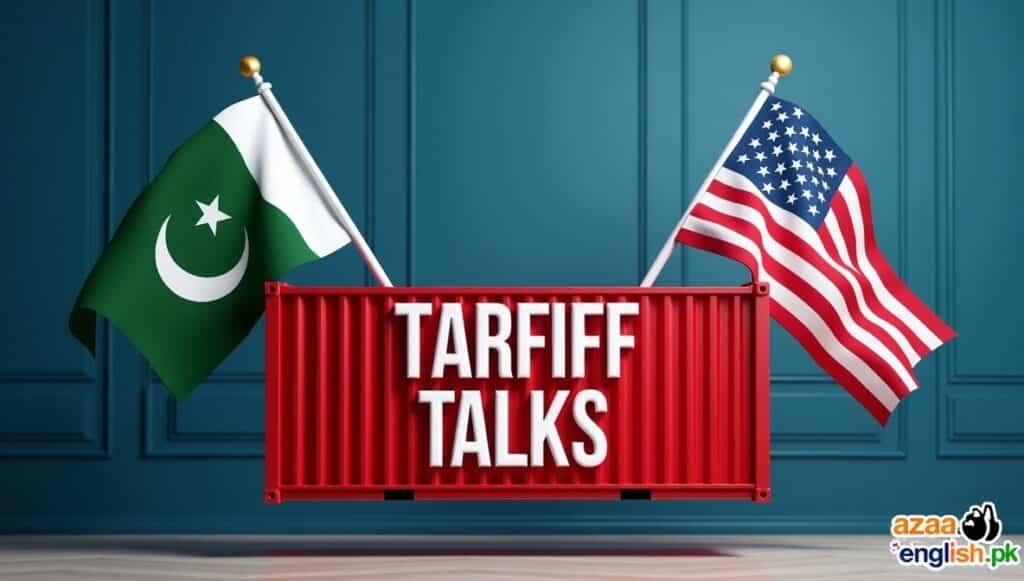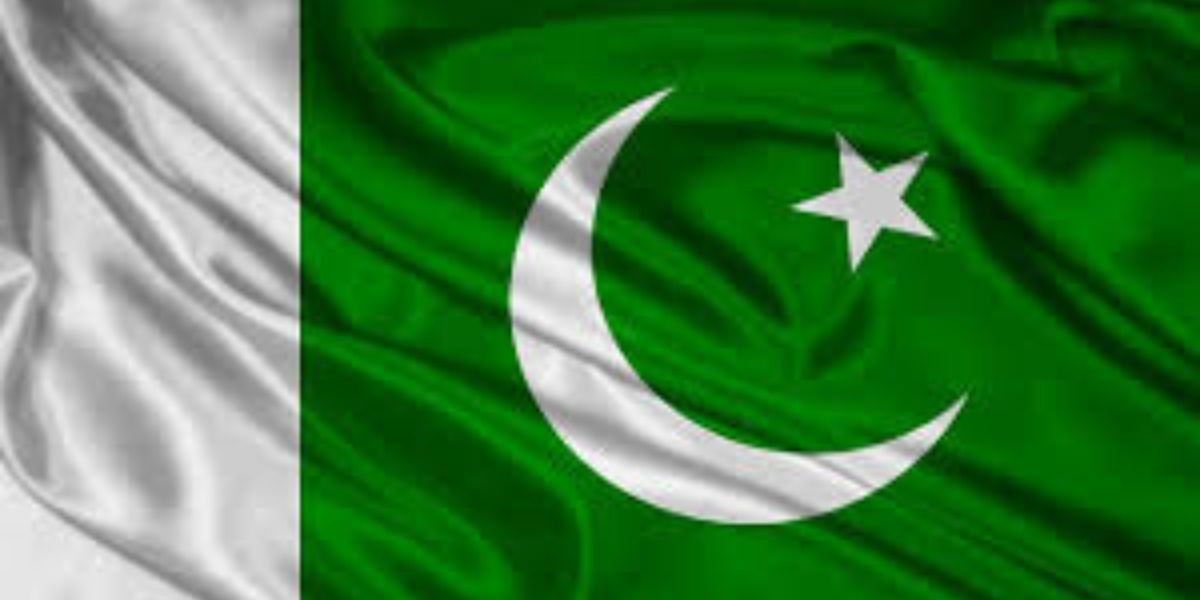A Historic Trade Reset in the Making
In a major diplomatic and economic move, Pakistan and the United States are finalizing high-level trade negotiations, expected to conclude in early July 2025. These talks aim to reduce the crippling 29% tariffs on Pakistani exports and unlock billions in U.S. investment—especially in mining and energy sectors like the Reko Diq project.
The stakes are high: this could be Pakistan’s biggest trade shift since the GSP+ deal with the EU.
Why Pakistan–U.S. Trade Talks 2025
1. High Export Tariffs Hurting Pakistan
Since 2020, Pakistani exports to the U.S. have faced up to 29% tariffs, severely affecting textile, leather, surgical, and chemical sectors. While exports to the U.S. totaled over $5.9 billion in FY24, these duties slashed competitiveness.
2. Pakistan’s Trade Surplus – A Trigger
Pakistan reported a $3 billion trade surplus with the U.S. last year. Ironically, this became a sticking point, triggering tariff reviews under Trump-era policies that remain today.
3. Strategic U.S. Investment in Focus
Talks now focus on:
- Reducing duties on Pakistani goods
- Increasing U.S. crude oil imports to Pakistan
- Joint investment in mining, especially Reko Diq
- Long-term partnership in infrastructure and finance
Key Projects – Reko Diq & Mining Investments
What Is Reko Diq?
Reko Diq is a $7 billion gold and copper mining project in Balochistan, Pakistan. It’s one of the world’s largest undeveloped mineral sites.
U.S. Export–Import Bank Support
The U.S. Exim Bank may finance up to $1 billion for the Reko Diq project. This would:
- Reduce Pakistan’s financing burden
- Bring U.S. mining companies into Pakistani soil
- Boost job creation and foreign direct investment (FDI)
Economic Impact – What Pakistan Gains
Tariff Reduction = Export Boom
Lower tariffs mean:
- More Pakistani textiles, cotton, leather, and sports goods in U.S. stores
- Reopening of closed factories
- Creation of thousands of jobs in Sialkot, Faisalabad, and Karachi
Energy Stability via U.S. Crude
U.S. oil imports will:
- Strengthen Pakistan’s energy security
- Lower electricity prices
- Reduce dependency on Gulf states
Currency and Reserves Stability
U.S. investment will support:
- Pakistani rupee stabilization
- Foreign reserves rise
- Less pressure on IMF bailouts
Challenges Pakistan Must Watch
- Delayed Funding: Bureaucracy can delay U.S. aid or financing packages
- Regulatory Barriers: Pakistan must ensure transparency to attract investors
- Environmental Concerns: Mining laws need to protect local ecosystems
- Political Instability: Investors need long-term government assurances
What’s Next – Timeline & Policy Changes
| Phase | Details | Timeline |
|---|---|---|
| Talks Conclude | Final agreement signed | July 1–5, 2025 |
| Policy Drafting | New import/export terms | July 2025 |
| Implementation | Tariff reductions take effect | August 2025 |
| Monitoring | Export & investment tracking begins | Q4 2025 |





